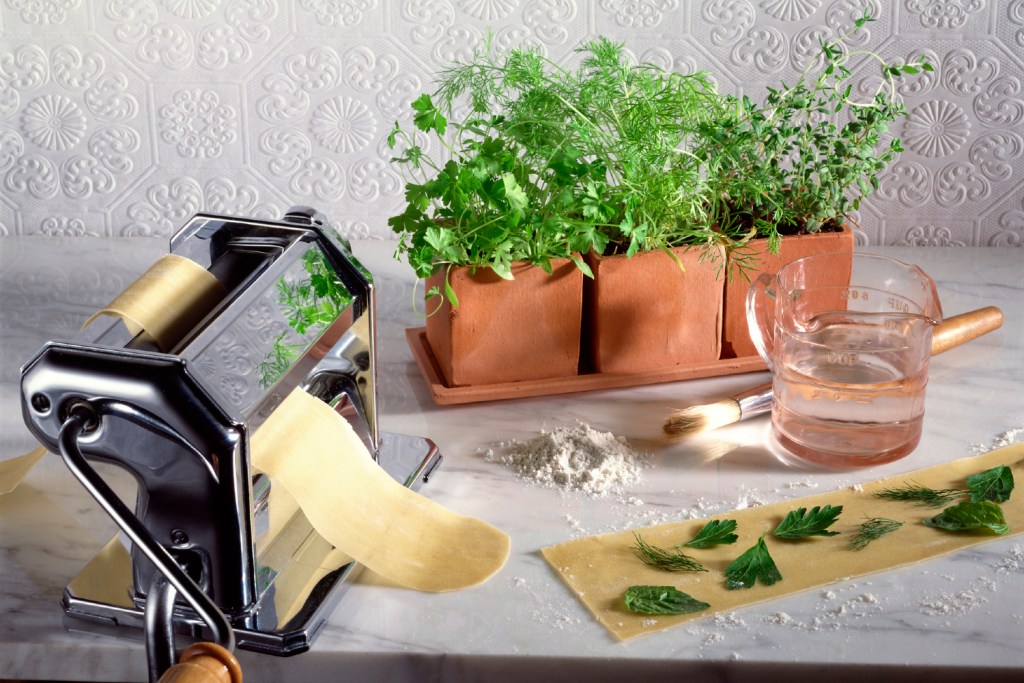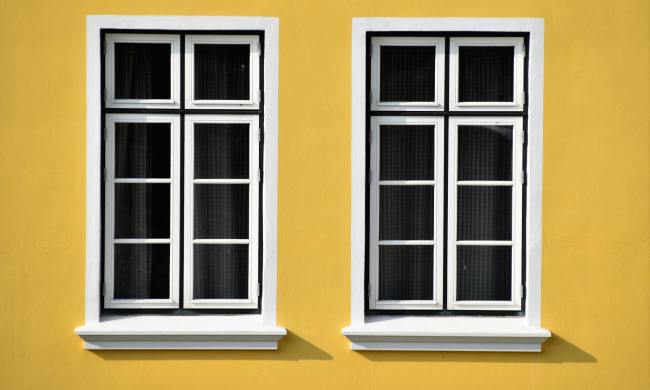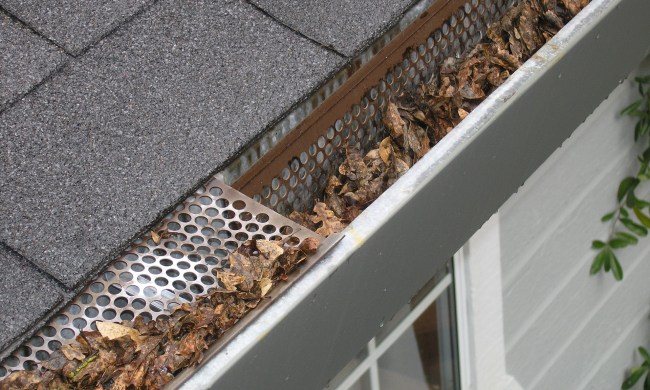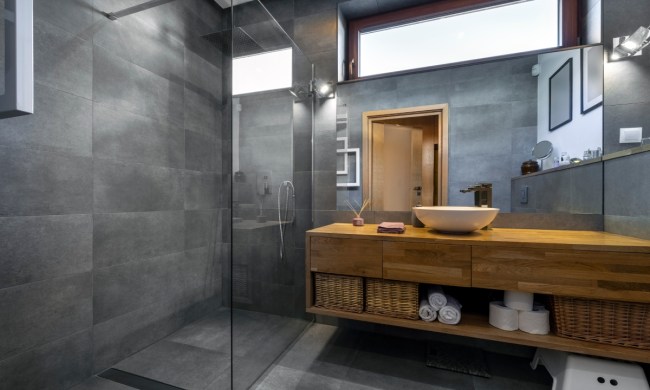
If you like to cook, you know that herbs are essential parts of many dishes and are the finishing touch to many others. There is nothing better than sprinkling fresh herbs from your garden on a meal that you created. If you don’t have a yard, room for an outdoor garden, or live in an area where you can’t grow herbs outside year long, you can still enjoy fresh homegrown herbs 365 days a year. These days, there are several herb growing kits on the market that allow everyone from experienced to beginner gardeners to grow herbs in their kitchen. We have compiled everything you need to know about growing indoor herbs in your kitchen, including how to find the best indoor herb growing kit for your needs.
As with any plant, light is critical in successfully growing herbs in your kitchen. Although unobstructed sunlight is ideal, if you don’t have a ton of natural light in your kitchen, you can remedy this by installing a small grow light. If installing a grow light seems like too much for you, you can purchase an indoor herb growing kit that includes a light. These kits are great because you can put them literally anywhere in your kitchen, such as on top of the fridge or in the pantry. Whether you use a grow light or not, be sure to put your plants in a location where the temperature stays between 55 and 75 degrees and has good air circulation. The downside to indoor herb growing kits is that they are usually pretty small, which means you can’t grow a ton of herbs unless you buy multiple kits.
If you have a good amount of natural light in your kitchen, either in a window sill or otherwise, you can grow herbs in small pots with little effort. (If you do place your plants in a window sill, be sure the temperature doesn’t get too cold in the cooler months.) When choosing containers, be sure to pick pots with drains and saucers as proper drainage is crucial. If you only have sealed pots on hand and don’t want to purchase new ones with drains and saucers, place small rocks at the base of the container and add some vermiculite to the soil to promote proper drainage.
When choosing which herbs to grow, be sure to go with herbs that you cook with the most frequently. It is best to start with healthy plants rather than seeds since they will begin producing herbs you can use months ahead of plants that are started as seeds. The best herbs to grow indoors are of the hearty variety. They include basil, bay, chervil (French parsley), chives, cilantro, dill, marjoram (a member of the oregano family), mint, oregano, parsley, rosemary, sage, and thyme.
It is essential to water and fertilize appropriately. This seems obvious, but most plants die due to excessive attention meaning most people overwater their plants. Keep a calendar nearby if you have trouble remembering which plants you watered and when you watered them last. Each variety of herb will require a different amount of water, so don’t get overzealous with too many kinds of herbs.
When it comes to harvesting, there are several general rules to follow to ensure you get the maximum yield from your plants. First, remember is to wait until the plant is mature to harvest the first time and never harvest more than one-third of the plant at a time. Afterward, wait for the one third to grow back before you harvest again. If your plants begin to flower, remove them quickly to ensure the most vibrant flavor. Most herbs will grow and expand if appropriately pruned, so be sure to research how to prune each variety of herb to get the most out of the plant.
Meanwhile, if you’re looking for similar, gardening-related content, do check out the basics of apartment gardening.



